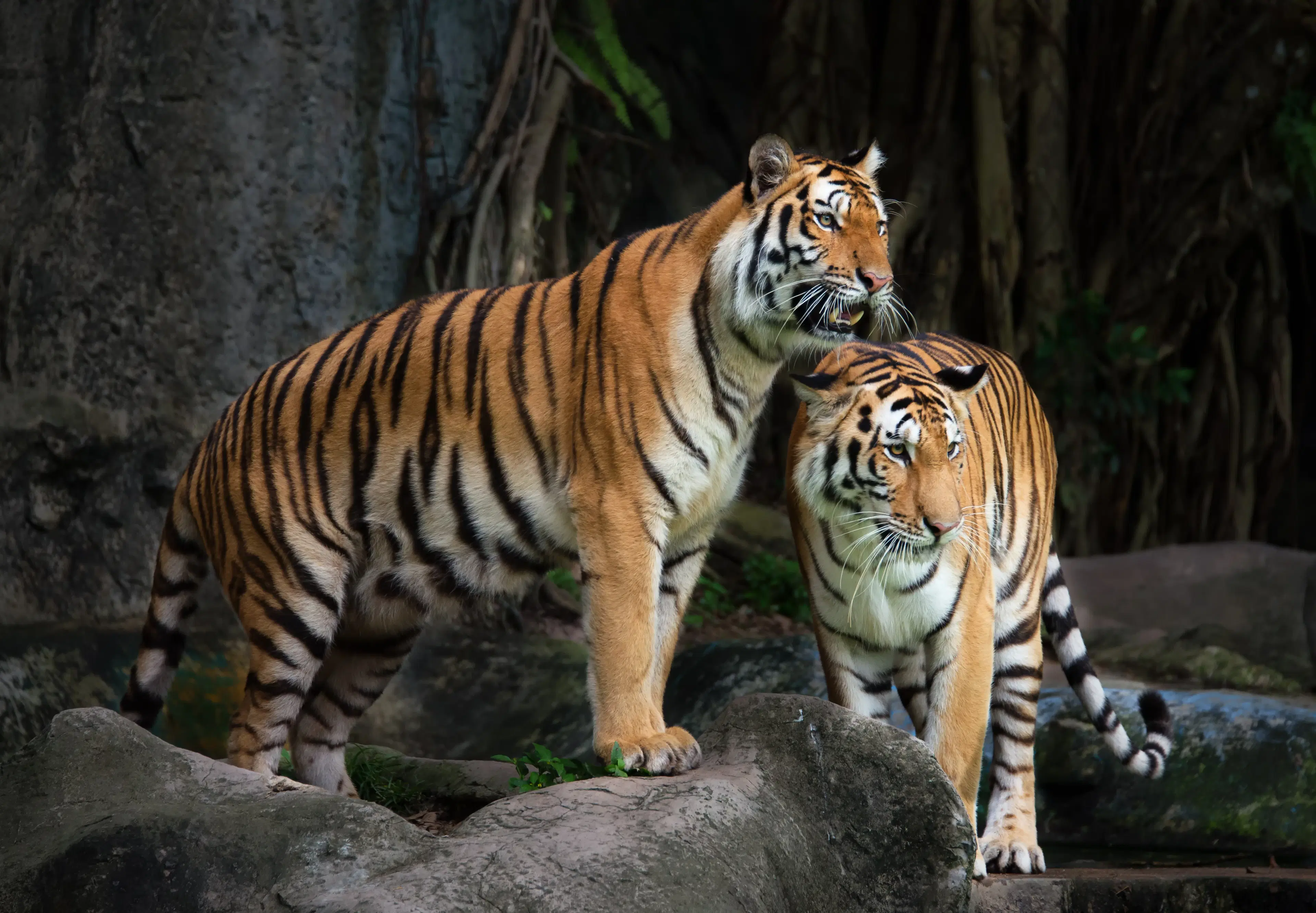
Hotels
•03 min read

The call of the mountains is irresistible. The thrill of spotting a snow leopard in its natural home stirs the heart. Snow leopard trekking offers an unforgettable blend of high-altitude trekking and wildlife exploration in the heart of the Himalayas. This guide answers the most frequently asked questions about snow leopard trekking. Read on to gain practical insights and expert advice on this rare adventure.
Snow leopard trekking is a unique blend of wildlife trekking and Himalayan trekking. It focuses on observing the elusive snow leopards in the wild. Trekkers explore remote trails at high altitude and enjoy breathtaking landscapes. This adventure also emphasizes the exploration of rugged mountain paths and pristine natural settings.
Encountering a snow leopard in the wild is rare. The challenge of trekking through rugged and snowy trails adds to its allure. Unlike typical wildlife photography tours or safaris, snow leopard trekking takes you deep into the high-altitude terrain of the Himalayas. It is an inspiring mix of adventure, wildlife exploration, and the beauty of nature.
Ladakh, Spiti Valley, and Hemis National Park are top destinations for this adventure. Each region offers unique charm and distinct habitats. Hemis National Park, in particular, is known for its high density of snow leopards. These locations are magnets for wildlife trekking enthusiasts who seek rare wildlife encounters.
The regions boast high-altitude ecosystems and a mix of diverse flora and fauna. The sweeping panoramas and rugged trails enhance the experience. Conservation efforts help protect the snow leopard habitat, ensuring that nature thrives even as adventurous souls explore these trails.

High-altitude trekking requires physical and mental preparation. The trails vary from steep climbs to meandering paths. Trekkers stay in campsites that blend with nature. Daily schedules balance trekking, rest, and exploration. Acclimatization is key to enjoying the journey at altitudes above 3,500 meters.
Snow leopard trekking also offers encounters with other mountain wildlife. You may see ibex, Himalayan blue sheep, and soaring golden eagles. Respect for nature and wildlife remains a guiding value during the trek. The silent conversations with nature remind us of the delicate balance in these wild spaces.
Insight Corner: "The Art of Spotting Snow Leopards"
Did you know? Snow leopards are known as "ghosts of the mountains" due to their elusive nature. Expert trackers observe subtle signs like faint paw prints, small clues in the snow, and movement near rocky outcrops.
Proper gear makes all the difference in high-altitude trekking. Carry cold-weather clothing, sturdy trekking poles, and quality wildlife photography equipment. It is wise to pack light. A smaller load lets you move steadily over rocky paths. Every piece of gear should be chosen with care.
Good physical condition is a must for Himalayan trekking. Engage in regular cardio and strength exercises. These help build stamina and improve endurance for high-altitude challenges. Mental preparation is just as important. Enjoy nature, stay patient, and keep your breath steady even when the trail seems endless.

Snow leopard trekking is best during winter months, from November to March, when these elusive cats come closer to lower altitudes in search of prey.
The price varies with the package, usually ranging from $2,000 to $5,000. This price covers permits, accommodation, and the expert guides needed for such a journey.
Trekking routes often reach altitudes between 3,500 and 4,500 meters. Proper acclimatization is essential before starting the trek.
Hemis National Park in Ladakh is renowned for its high population of snow leopards, making it a prime destination for wildlife trekking enthusiasts.
While these big cats are elusive, experienced guides who use advanced tracking techniques boost your chances of an encounter.
The allure of snow leopard trekking lies in its blend of challenge and wonder. The rare sightings of these majestic creatures bring the wild to life. Trekking across remote Himalayan trails becomes a journey not just across space but into the depths of untamed beauty. With proper preparation and expert guidance, you can experience an adventure that few get to live. The high mountain air, the thrill of the unknown, and the gentle whispers of nature invite you to explore further. Let the Himalayas remind you of life in its purest, most dynamic form.